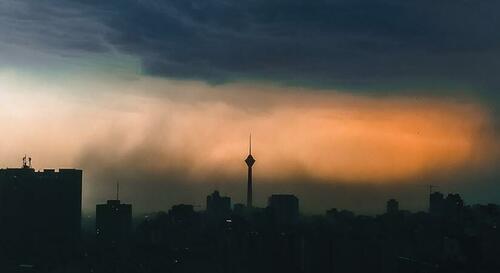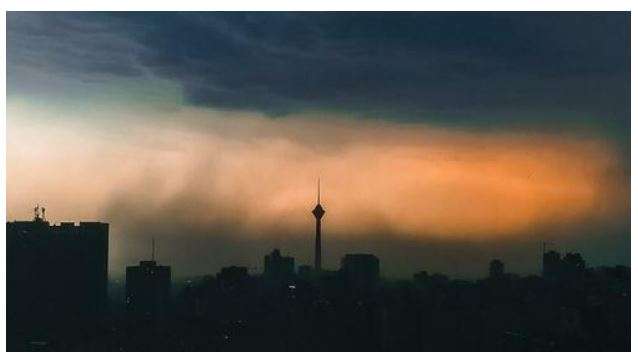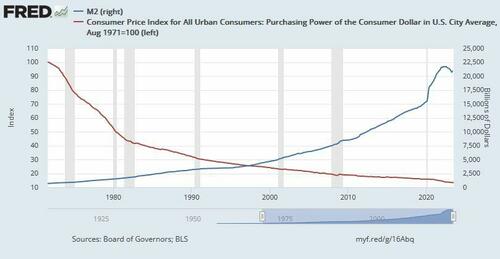Authored by Peter Reagan at Birch Gold Group,
In my first explainer about the BRICS nations, you met the players and you know why their decisions affect the global economy. But why do their decisions affect us?
You need to understand that first – before the August 22nd Durban Accords will make any sense. (But once you do understand, you’ll be astonished…)
Professor Reagan’s class is now in session!

Global trade runs on U.S. dollars
Since World War II, the U.S. dollar has enjoyed the role of global reserve currency. You may have heard those words before – here’s what they mean…
Worldwide, when companies or nations transacting with one another don’t share a common currency, they use U.S. dollars. When a Chilean copper mine sells tons of raw ore to a Canadian refiner, they invoice (and get paid) in U.S. dollars.
Obviously, most nations don’t have a common currency (the exception is the Euro zone). So the use of dollars for international trade is simply huge, approximately 85% of the global total.
So the world relies on dollars to do business. That’s a great deal for us! That means, for example, that deficit spending and newly-printed money always have a home somewhere in the world. Simply because the world has to have dollars.
Like I said, that’s a great deal for the nation that exports dollars. It’s not such a great deal for everyone else…
“It’s our currency, but it’s your problem”
In 1971, President Nixon ended the convertibility of dollars to gold.
The rest of the world, to put it mildly, went nuts. The gold standard was supposed to prevent inflation – but it hadn’t (primarily because American citizens weren’t allowed to swap dollars for gold since 1933).
Absent a gold standard, how was the U.S. going to guarantee the value of the dollar? When challenged with this question by his counterparts at a G-10 meeting in Rome, U.S. Treasury Secretary John Connally astounded his audience by proclaiming:
“The dollar is our currency, but it’s your problem.”
With no restraint on money-printing, the U.S. went on to make a whole lot more dollars… Take a look at this chart. The blue line indicates total dollars (M2, a measure of money supply) and the red line indicates purchasing power, which has declined 86.6% over the decades:
So, along with dollars, the current system exports inflation, too.
That’s what Connally meant when he said it was their problem.
Well, the rest of the world has just sucked it up for the last 50 years, right? Why are things different now?
Weaponizing the dollar
Whether it’s marketed as a “peacekeeping operation” or a “police action,” going to war is ruinously expensive at best. Therefore, the U.S. historically uses financial sanctions as a “non-kinetic” method of dissuading behavior not in line with U.S. interests.
Simply because the world has to have dollars, as I explained above, whoever controls the dollar also has an outsized impact on the global economy. When the U.S. uses financial sanctions against another nation, we call that “weaponizing the dollar.”
Now, this has been going on for decades. Cuba, for example, has been sanctioned for over 60 years! Iran, for more than 40 years. In some sense, weaponizing the dollar is business as usual for the U.S. So it came as no surprise when, in 2022, the U.S. did it again.
In response to the invasion of Ukraine, the White House froze the Russian central bank’s $300 billion in U.S. dollar assets. A stroke of Joe Biden’s pen rendered them completely worthless. In addition, the Russian economy was shut out of SWIFT, the international money transfer system.
The results of this “shock and awe” economic warfare were underwhelming. The Russian economy failed to collapse – instead, they kept up business as usual, taking payment in yuan or rupees or gold instead of dollars.
And there are other consequences. As Bloomberg columnist Matt Levine wrote back in March of 2022:
But every time the U.S. and its allies kick a country off this system, it goes and finds other [methods] to use to trade. And other countries, countries that have not been kicked off the main network but who are not necessarily aligned with the U.S. in every way, think that the main network looks a bit less attractive… For another thing, the main system is visibly a tool of political power, and if you are not aligned with the U.S. you might worry about one day being kicked off the system yourself. So you get more interested in trying out alternative systems now, before you need them. And so kicking Russia out of the dollar-based international financial system makes it more likely that that system will be replaced, over time, by something else.
…the system is weakened each time it exercises its power. [emphasis added]
That’s what the Durban Accords on August 22nd are about – Levine’s “something else.”
August 22nd may mark the beginning of the end of “business as usual”
You’ve seen that the BRICS nations cannot be ignored. Note that two of the five core members (Russia and China) are historically rivals of U.S. geopolitical dominance.
Both nations have been actively signing “bilateral trade agreements” with other nations – meaning they can buy and sell from one another in their own currencies, rather than using the dollar as an intermediary. But the whole reason a global reserve currency exists is to make international trade less cumbersome.
So the Durban Accords are an agreement, presumably to be announced on August 22nd, to launch a new, international currency backed by commodities. “Backed by commodities” is important – because it’s the easiest way for a new currency to gain credibility. Think about it – what currency in existence today derives its value from anything other than hope?
This new BRICS currency would allow participating nations to circumvent U.S. financial sanctions – and to avoid the problem of dollar inflation. (In other words, “our currency” is about to become “our problem”).
Initially, my sources indicate the BRICS currency could be backed by commodities produced and traded by BRICS nations – things like oil, industrial metals and grain – or, more likely, gold.
Backing their new currency with gold would be an obvious move for the BRICS. China and Russia are, respectively, the world’s #1 and #2 gold-mining nations (South Africa and Brazil are #13 and #14, respectively). Both China and Russia already have sizable official gold reserves (6th and 7th largest in the world).
That, in essence, is what the Durban Accords are all about:
- An alternative to U.S. global financial dominance
- A method of avoiding the weaponized U.S. dollar
- A way of avoiding inflation caused by excessive dollar-printing
- A means of simplifying and streamlining the bilateral trade agreements already in place
The Durban Accords may mean the first viable, useful alternative to the U.S. dollar.
And that’s why this is a very big deal.
P.S. On July 7, the Russian state-run media outlet RT confirmed the goal of the Durban Accords was to launch a “new trading currency backed by gold.”








